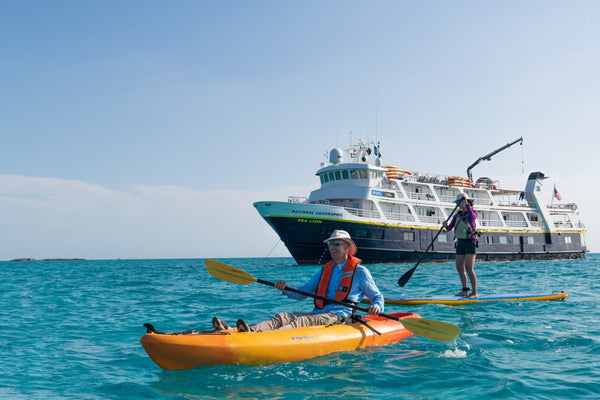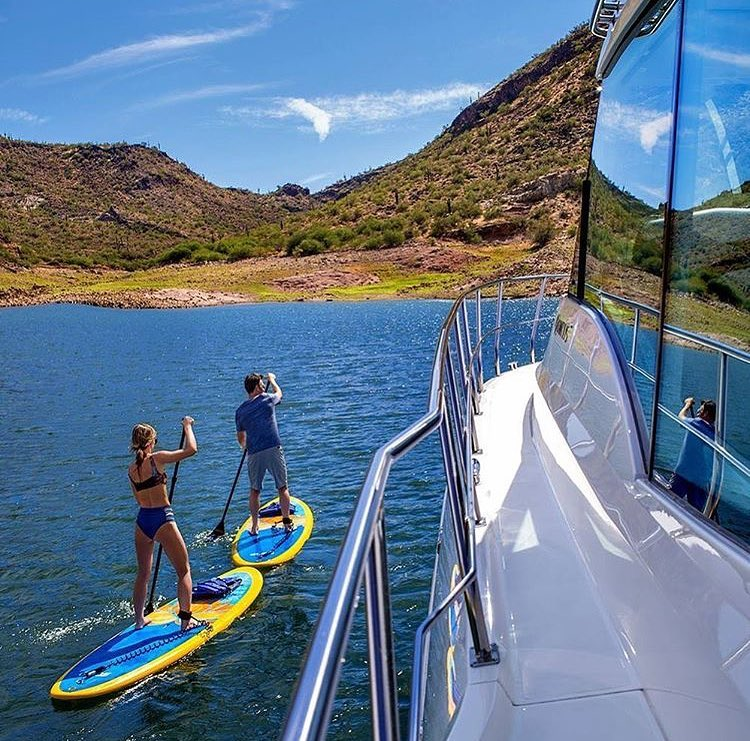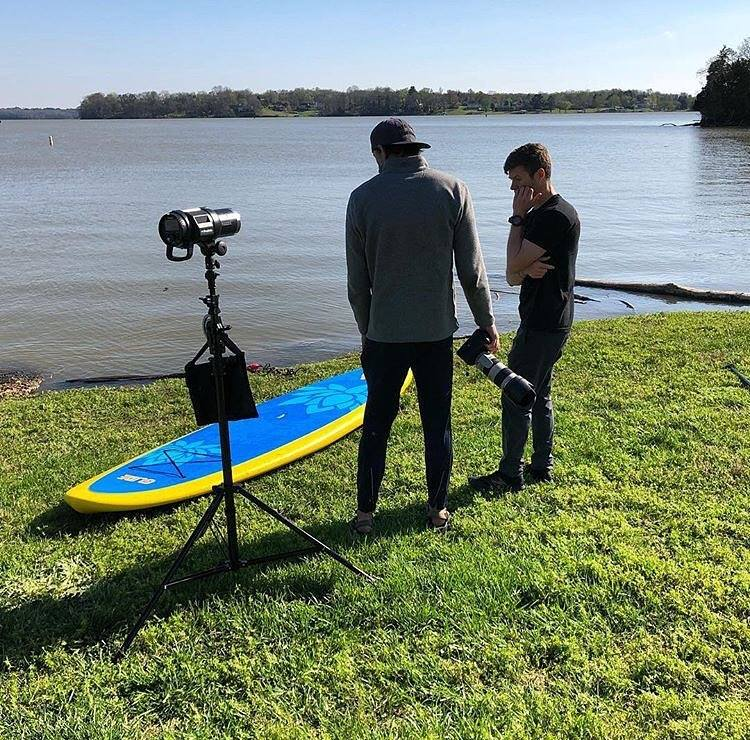
Opening New Waters in Archaeology: Stand Up Paddle Boards
Stand up paddle boards are so versatile that they are being used in SUP Archeology.
Introduction
Imagine combining the thrill of discovery, the serenity of nature, and the challenge of physical activity, all through the use of stand up paddle boards. In recent years, a fascinating intersection between aquatic recreation and archaeological research has emerged, allowing individuals to uncover forgotten relics and sites of historical significance, right from their paddle boards.Whether you're opting for an inflatable paddle board or a solid board, both can serve as an invaluable tool for underwater archaeological exploration. According to an article on Glidesup, choosing the right board is dependent on various factors such as storage space, transportation options, and the specific archaeological environment you aim to explore.
Stand Up Paddle Boards: Inflatable vs. Solid

The choice between inflatable and solid boards depends on factors such as portability, storage, and the type of water conditions one would be dealing with. Inflatable paddle boards are portable and easy to store, making them an ideal choice for frequent travelers. Furthermore, these boards, due to their forgiving nature when it comes to bumps, can be highly advantageous in waters with unseen submerged objects, as noted by an article on Glidesup. On the other hand, solid paddle boards are known for their superior speed and stability, crucial factors when dealing with rough water conditions.
The Stand Up Paddle Board: A Platform for Scientific Research and Environmental Monitoring
Interestingly, the use of stand up paddle boards extends beyond recreation and sport - they have also found application in scientific research and environmental monitoring. This innovative use of paddle boards is detailed in a piece on Glidesup, which showcases their role in sampling water quality, observing marine life, and conducting archaeological surveys.
Safety First: Essential Precautions for SUP Archaeology

Safety is paramount when embarking on underwater archaeology with stand up paddle boards. Apart from essential gear such as a leash and repair kit, it's crucial to be aware of the local water conditions and weather patterns. Always informing someone onshore about your expected return time and location is also advisable, as noted in this comprehensive guide on weather and tides in paddle boarding on Glidesup.
Stand up paddle boards have opened up a new frontier in underwater archaeology, offering a unique and adventurous approach to discovering and preserving our shared human history. As the community of SUP archaeologists continues to grow, so too will our understanding and appreciation of the world's waterways and the secrets they hold. To get started on your own archaeological SUP journey, check out the wide variety of paddle boards on offer at Glidesup and find the one that suits your exploration style and objectives the best.
SUP Archaeology: Fostering a Closer Connection to Nature
A significant yet overlooked benefit of paddle board archaeology is the closer connection to nature that it fosters. By engaging in this unique activity, you not only explore ancient human history but also develop a deeper appreciation for the marine environment. The article, Paddleboarding and wildlife conservation: How SUP enthusiasts are making a difference on Glidesup.com, illustrates how SUP can help us understand and contribute to the preservation of our precious ecosystems.
SUP Archaeology: The Future

The future of SUP archaeology is filled with exciting possibilities. With technological advancements in SUP design and underwater exploration gear, who knows what we might discover beneath our paddles. As we continue to explore and document the world's waterways, we might find unexpected archaeological sites, further enriching our understanding of our shared human history.
In conclusion, SUP archaeology offers a unique and intimate means of exploring the underwater world. It blends the joy of outdoor recreation with the intellectual satisfaction of uncovering the past, all while promoting personal growth and a deeper connection with nature. If you're intrigued by the prospect of combining your love for paddle boarding with archaeological exploration, consider starting your journey with the help of resources available on Glidesup. Let's paddle our way to new discoveries and a deeper appreciation of our aquatic environments and the history they hold.


